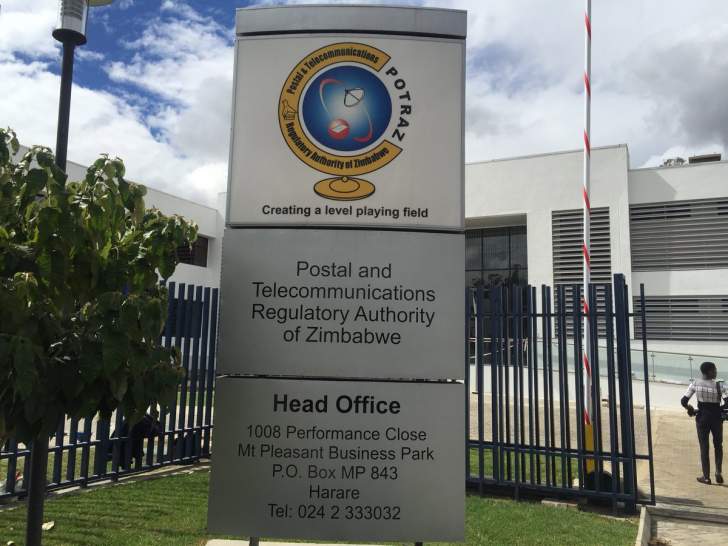Telecommunication companies operating in the country must have breathed a heavy sigh of relief last week after regulator Postal and Telecommunications Regulatory Authority of Zimbabwe (Potraz) allowed them to charge tariffs that are not only based in foreign currency, but also adjusted in line with the ruling foreign currency exchange rate.
While Potraz said the move is meant to facilitate dual pricing under the new exchange rate regime, operators will find it more conducive as it allows them to adjust tariffs more frequently than in the past and to offer better service and customer experience for their customers.
According to Potraz, operators will convert the current approved Zimbabwe dollar tariffs to US dollar denominated tariffs at an exchange rate of US$1:Z$25 to arrive at the base USD denominated tariffs.
“The USD denominated base tariffs will then be converted at the ruling exchange rate as determined by the auction system, to arrive at the Zimbabwe dollar denominated tariffs.
For example, the last approved tariff for on net calls per minute per minute is ZWL$1,17 which can be converted to US 4,68 cents.
If the US dollar tariff is then converted using last week’s exchange rate of 68,88 the new tariff for the week would be $3,22.
This will be a 175% increase in tariffs in Zimbabwe dollar terms.
Operators in the sector would see the permission to adjust tariffs in line with the exchange rate as a step in the right direction. In the past, they would wait for long coming adjustments from the regulator.
Before the March 2020 tariff adjustment, the previous adjustment was back in October 2019.
The long spells before tariff adjustment often left operators exposed not only to the vagaries of exchange rate movements but also from inflation, resulting in an inability by the telecom operators to reinvest in their systems and infrastructure, and offer good service to their customers.
The Zimbabwe dollar is now approximately one percent of its January 2019 value while inflation reached 10-year high of 786% in May 2020.
This left telecommunication companies operating under what the regulator earlier on described as an “unsustainable” environment.
Lower tariffs, that remained stuck amid constantly rising operating costs, posed a threat to a sector that relies heavily on constant systems upgrades which also require foreign currency.
Potraz has in the past admitted that given the current inflationary pressures in the economy, operating cost containment will be even more crucial for operators to maintain profitability as the growth of operating costs poses a threat to operator viability.
Operators are thus likely to see the latest move as a positive move towards sustaining the viability of the sector as well as ensure that a high quality of service standards.
In a volatile market, like the current hyperinflationary period, businesses require that the frequency and responsiveness to market changes be quicker.
This will allow businesses to pay vendors for software licences and certain upgrades required to increase capacity and maintain the quality of service that customers expect.






